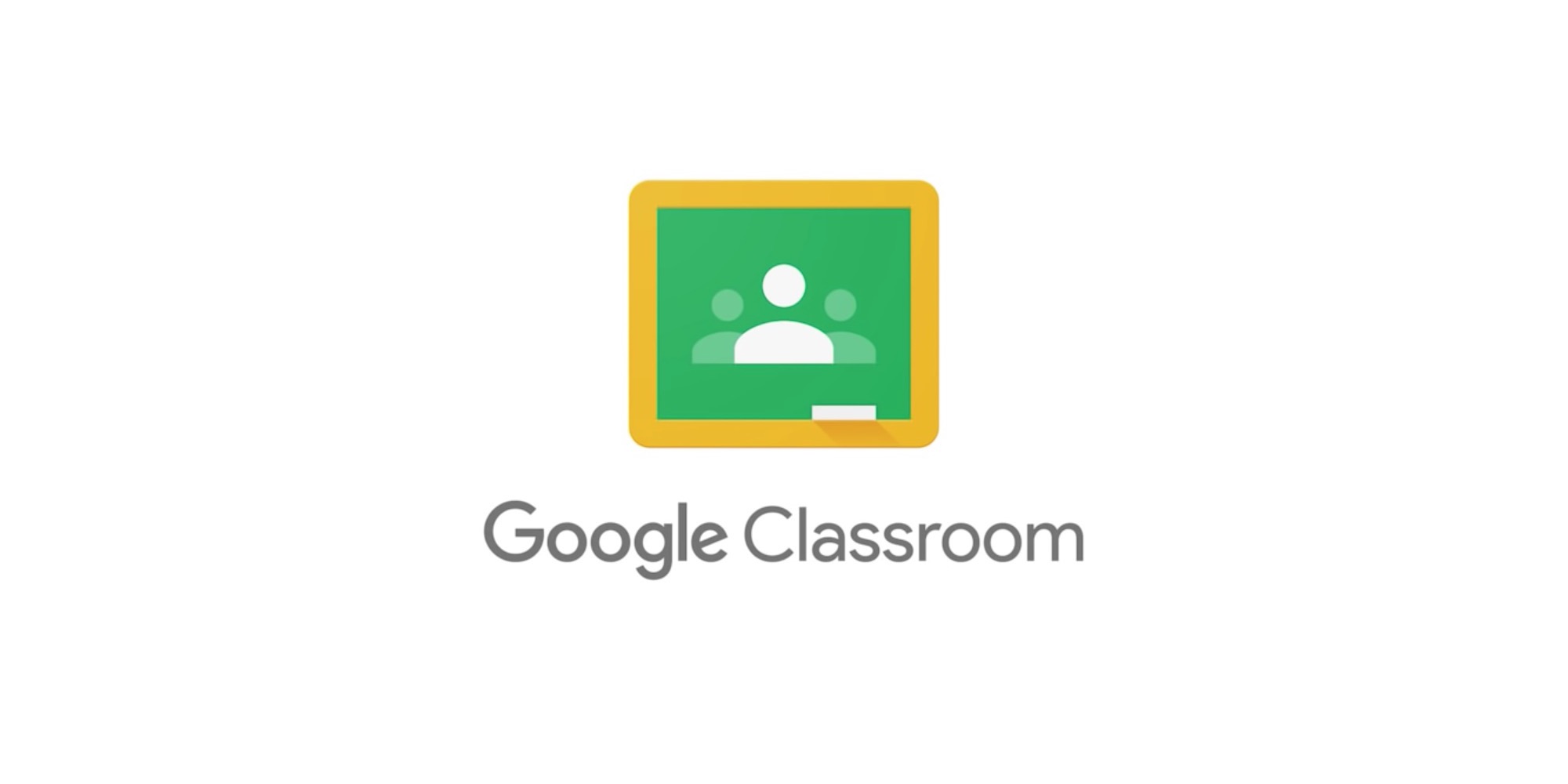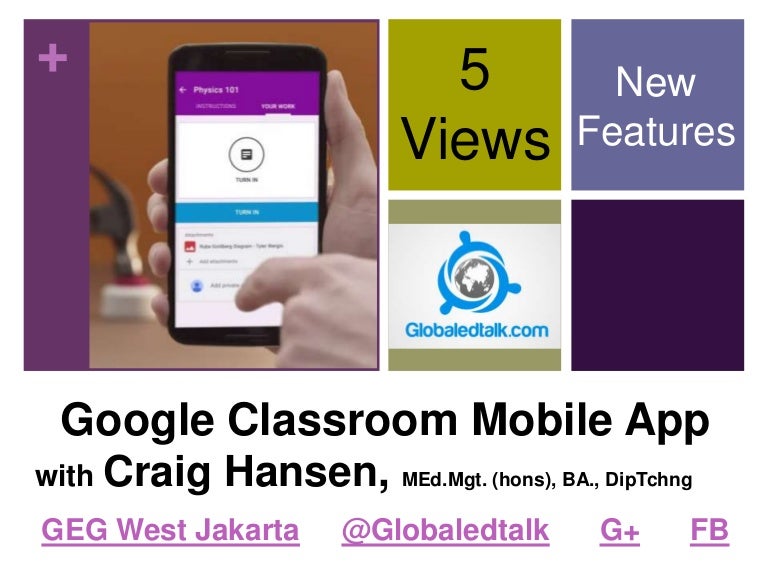

Specific research programs also used Google Classroom to engage in authentic learning from around the world. Google Classroom also saw a sharp increase in usage as a result of the COVID-19 pandemic in which many schools shifted to remote education options. Added smart correct and auto-compose to Google Docs.Better integration with learning management systems to create and distribute assignments.In addition, several features were added to classroom, with Google stating "as educators worldwide have reinvented their practice online, we’re also adapting our tools to meet the evolving needs of their new educational landscape." These updates included: Google added integration with Google Meet so that teachers can have a unique meet link within each class.


Google introduced 78 new illustrated themes and the option to drag and drop topics and assignments in the classwork section. This included adding a new classwork section, improving the grading interface, allowing reuse of classwork from other classes, and adding features for teachers to organize content by topic. Google introduced a major redesign to Classroom. Google opened Classroom to allow any personal Google users to join classes without the requirement of having a G Suite for Education account, and in April of the same year, it became possible for any personal Google user to create and teach a class. Google integrated Google Calendar into Classroom for assignment due dates, field trips, and class speakers. Google announced a Classroom API and a share button for websites, allowing school administrators and developers to further engage with Google Classroom. Google Classroom was announced with a preview available for some members of Google's G Suite for Education program. Google Classroom has undergone a series of updates and changes since its original release in May 2014.


 0 kommentar(er)
0 kommentar(er)
